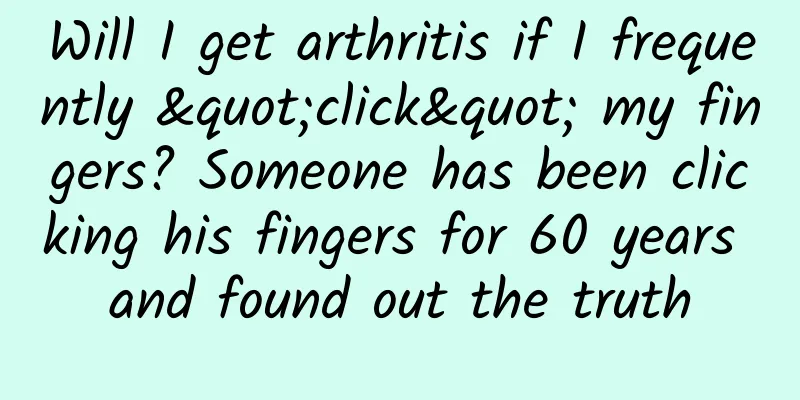When performing minimally invasive heart surgery, why do we need to put a "plaster" on the patient first?

|
In every minimally invasive cardiac surgery anesthesia monitoring I have participated in, my colleagues are accustomed to hearing a very routine sentence when I monitor the patient in the room: Come, let's put a "plaster" on the back and ribs, it's a little cold, don't be afraid. Patients are very cooperative, but few patients ask me what this "plaster" is used for. Let's talk about it today. Plaster - an external medicine that the Chinese people can be very proud of. The number and types of plasters made in China account for 90% of the world's production. It can play a role in external treatment of diseases and auxiliary treatment. During minimally invasive heart surgery, the role of the "plaster" applied to the patient is even more important - saving life! This "plaster" has a special name - external defibrillator electrode pad. As the name suggests, this electrode pad is placed outside the patient's body and its function is to perform electric defibrillation or cardioversion treatment on the patient. Minimally invasive heart surgery, whether it is a small incision under the armpit or a lateral thoracotomy through the intercostal space in cardiac surgery, or a minimally invasive heart surgery performed percutaneously through an interventional catheter in internal medicine, is different from the traditional thoracotomy from the suprasternal fossa to the xiphoid process. The heart cannot be fully exposed under direct vision, so the conventional cardiac defibrillator pads used in cardiac surgery cannot be used. Why are cardiac defibrillator electrodes considered a life-saving device for perioperative patients to receive life-saving treatment? Because this magic device can correct many types of fatal rapid arrhythmias in patients. Arrhythmias are the most common clinical complications in surgical patients, whether they are heart patients or non-heart patients. According to the frequency of the heart rate, they are divided into rapid and slow types. However, the exact incidence of arrhythmias is difficult to calculate. According to relevant data, a comparison of the incidence of various arrhythmias shows that the most common ones are premature beats, supraventricular tachycardia, atrial flutter and fibrillation. Among them, sinus arrhythmia has the highest incidence, which is 25% to 27%; sinus tachycardia is second, which is 20% to 22%; sinus bradycardia is 13% to 15%; ventricular premature beats are 14% to 16%; atrial premature beats are 5% to 7%; atrial fibrillation is 11% to 15%; atrioventricular conduction block is 5% to 7%; and other various arrhythmias are 5% to 8%. For critically ill patients, the detection rate of premature ventricular contractions in patients with acute myocardial infarction is 100%, and the detection rate of asymptomatic arrhythmias can reach 88%; the incidence of sinus arrhythmias in patients with sleep apnea syndrome is 76% to 98%, and the incidence of ventricular arrhythmias is 57% to 74%; the incidence of ventricular arrhythmias in patients with chronic renal failure and long-term hemodialysis is 76%, and the incidence of supraventricular arrhythmias is 69%. The occurrence and treatment of perioperative malignant arrhythmias is a clinical issue of worldwide concern. For rapid and fatal arrhythmias, such as ventricular tachycardia and ventricular fibrillation, defibrillation or cardioversion is the most direct first-line treatment. The working principle of defibrillation is to pass the current generated by the positive and negative electrodes through the heart to depolarize the heart. After depolarization, the pacing site with the highest excitability of the heart will restore its autonomous pacing function. Generally speaking, the sinoatrial node is the most excitable pacing point. Therefore, when ventricular fibrillation occurs, the abnormal ventricular fibrillation wave must be removed to restore the normal function of the sinoatrial node. Therefore, once a patient is diagnosed with ventricular fibrillation, he must be given electrical defibrillation within a short time. With the development of medical popularization in recent years, the amount of health knowledge of the public has increased significantly. In addition, with the reproduction of original scenes in some TV dramas, many patients can clearly say the specific name of the operation "defibrillation", unlike when I first started working, many patients and their families would call it "electric shock". However, patients and their families are still afraid of this defibrillation (or electric cardioversion) treatment. In order to avoid causing unnecessary panic to the patient, I told him a white lie and called the operation of placing external defibrillator electrodes "applying a plaster." Author: Wang Jianyu, Anesthesiology Center, Beijing Anzhen Hospital [Warm Tips] Follow us, there are a lot of professional medical knowledge here, revealing the secrets of surgical anesthesia for you~ |
>>: [Cultivation Program] In the hot summer, insects have a "cool way" to escape the heat
Recommend
China's Sky Eye has entered the stage of "producing more results" and "producing good results"
Guiyang, December 20 (Xinhua) -- The 2021 FAST Op...
What is the aphrodisiac effect of Cistanche deserticola?
In the northern desert area, there is a very prec...
Can fish in the water hear people talking on the shore?
When looking for a fishing spot, we always recomm...
The efficacy and function of Dahuntou Chicken
Dahuntou Chicken is a traditional Chinese medicin...
The efficacy and function of wild jay flowers
Camellia oleracea is a common medicinal material ...
Which pillow is good for the cervical spine when sleeping?
Many people have a misunderstanding about the pre...
Is it okay to drink coconut water that costs 9.9 yuan per liter? The truth is revealed...
As the weather gets hotter, has your blood been r...
Sapodilla? It sounds scary. Do you dare to eat it?
The name of the sapodilla may sound a bit scary, ...
Why would a cat be sealed if its neck was pinched?
Ding ding ding ~ Fantastic beasts are coming!...
The efficacy and function of Kite Brain Marrow
Traditional Chinese medicine has a history of tho...
The effect of soaking Dingdu beans in wine and applying it on the skin
When it comes to the name Dingdudou, many people ...
The “smallest sun of the year” is here. Will the weather get cooler as the sun moves further away?
(Original title: "The smallest sun of the ye...
What are the benefits of pangolin shells?
In fact, the pangolin shell is very effective. It...
Evaluation of 15 cooking oils: Is the oil you eat every day "really delicious" or "really deadly"?
God! If you find out that the oil you like is pro...
The efficacy and function of Ganoderma lucidum
When the fruit of the Chinese magnolia is ripe, i...









